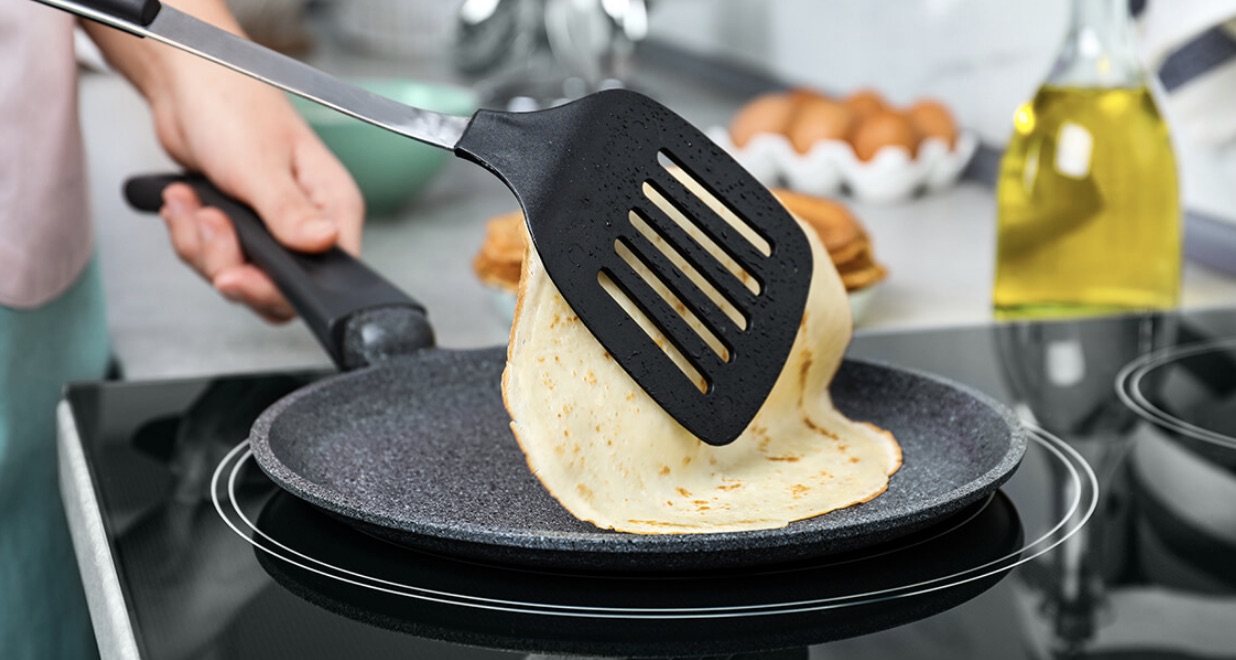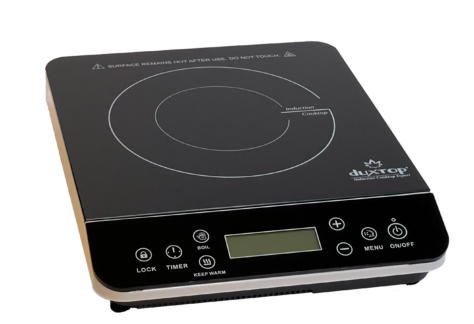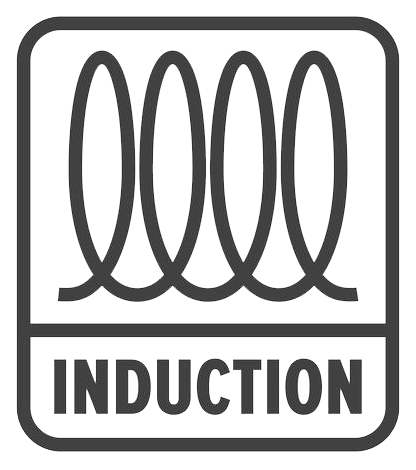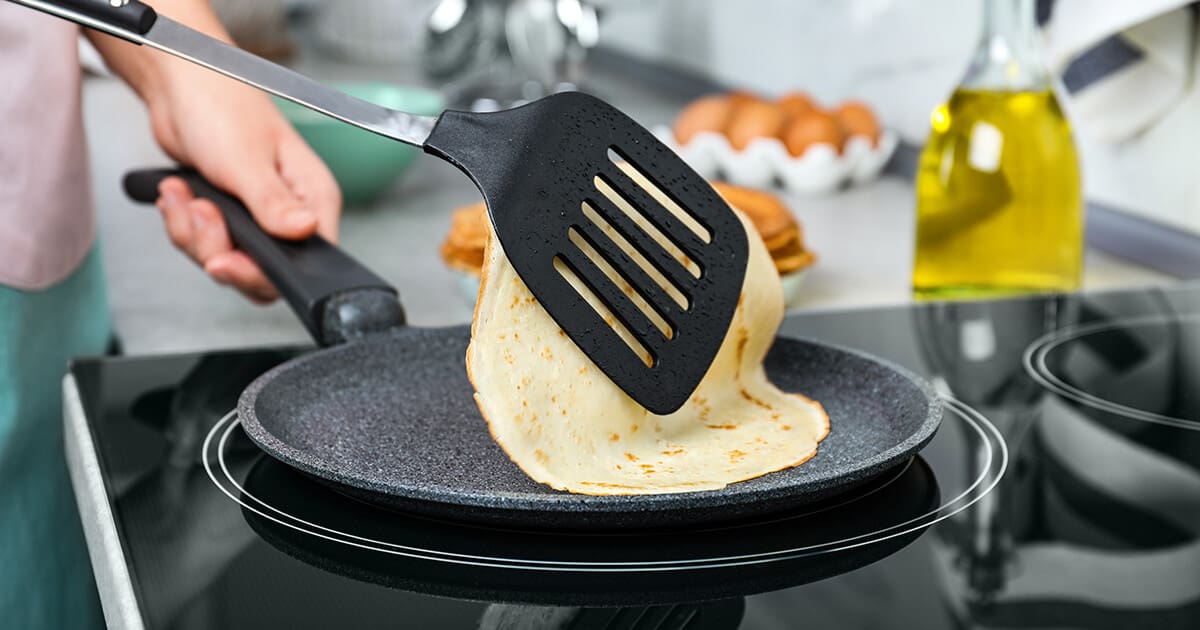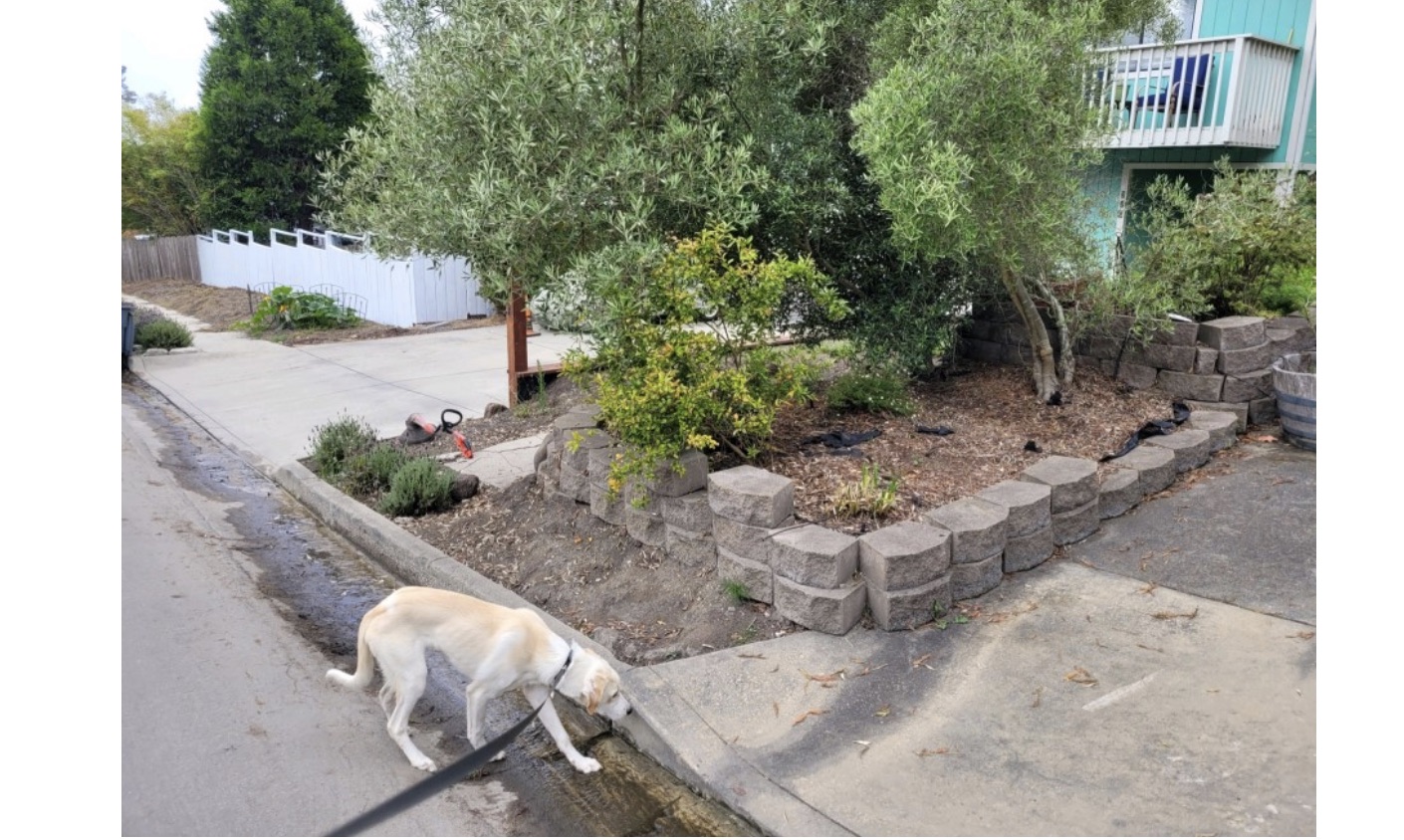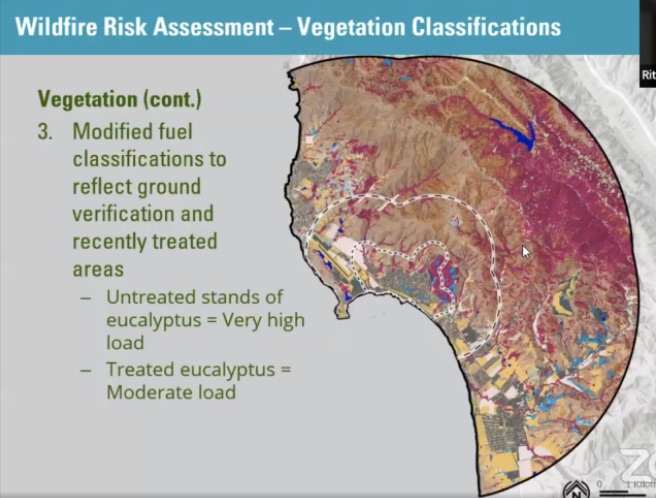|
Getting your Trinity Audio player ready...
|
VIDEO. From Peninsula Clean Energy. YUM!!! Very compelling.
On February 3, 2022 at noon, just in time for Valentine’s Day, join Chef Mark Duesler to learn how to make a delicious dessert using an induction cooktop.
Chef Mark will demonstrate how to use the fast, even heating, and precise temperature control of an induction cooktop to make a perfect chocolate banana crepe. Along the way, he’ll explain how modern induction cooking works and why it’s so much better than old technologies like methane gas cooking. Bring your questions for the Q&A session at the end.
Induction cooking is an advanced technology that utilizes magnetized copper coils to directly heat your pots and pans.
With residential and commercial cooking applications, induction is a powerful, highly controllable technology that is more precise, safe, and clean than the alternatives. Induction belongs in your climate-friendly kitchen.
In this video, Chef Mark Duesler of the Food Service Technology Center demonstrates the benefits of induction cooking as he makes the perfect chocolate banana crepe.
What I Learned About Induction Stoves in French Cooking School
“I purchased my first induction stove, a free-standing unit fit for putting the concept to the test. It changed my life. I will grant that induction may not be better than gas in all applications. But for the average person trying to put food on the table in spite of a busy life, induction is where it’s at.”
More on Electrification on Coastside Buzz
Gas Stoves in 40+ million U.S. Residences Leak Methane and NO2 Reducing Air Quality, Increasing Respiratory Irritants
REPORT. From ASC publications.
Natural gas stoves in >40 million U.S. residences release methane (CH4)─a potent greenhouse gas─through post-meter leaks and incomplete combustion.
We quantified methane released in 53 homes during all phases of stove use: steady-state-off (appliance not in use), steady-state-on (during combustion), and transitory periods of ignition and extinguishment.
We estimated that natural gas stoves emit 0.8–1.3% of the gas they use as unburned methane and that total U.S. stove emissions are 28.1 [95% confidence interval: 18.5, 41.2] Gg CH4 year–1.
More than three-quarters of methane emissions we measured originated during steady-state-off.
Using a 20-year timeframe for methane, annual methane emissions from all gas stoves in U.S. homes have a climate impact comparable to the annual carbon dioxide emissions of 500 000 cars.
In addition to methane emissions, co-emitted health-damaging air pollutants such as nitrogen oxides (NOx) are released into home air and can trigger respiratory diseases.
In 32 homes, we measured NOx (NO and NO2) emissions and found them to be linearly related to the amount of natural gas burned (r2 = 0.76; p ≪ 0.01). Emissions averaged 21.7 [20.5, 22.9] ng NOx J–1, comprised of 7.8 [7.1, 8.4] ng NO2 J–1 and 14.0 [12.8, 15.1] ng NO J–1.
Our data suggest that families who don’t use their range hoods or who have poor ventilation can surpass the 1-h national standard of NO2 (100 ppb) within a few minutes of stove usage, particularly in smaller kitchens.


